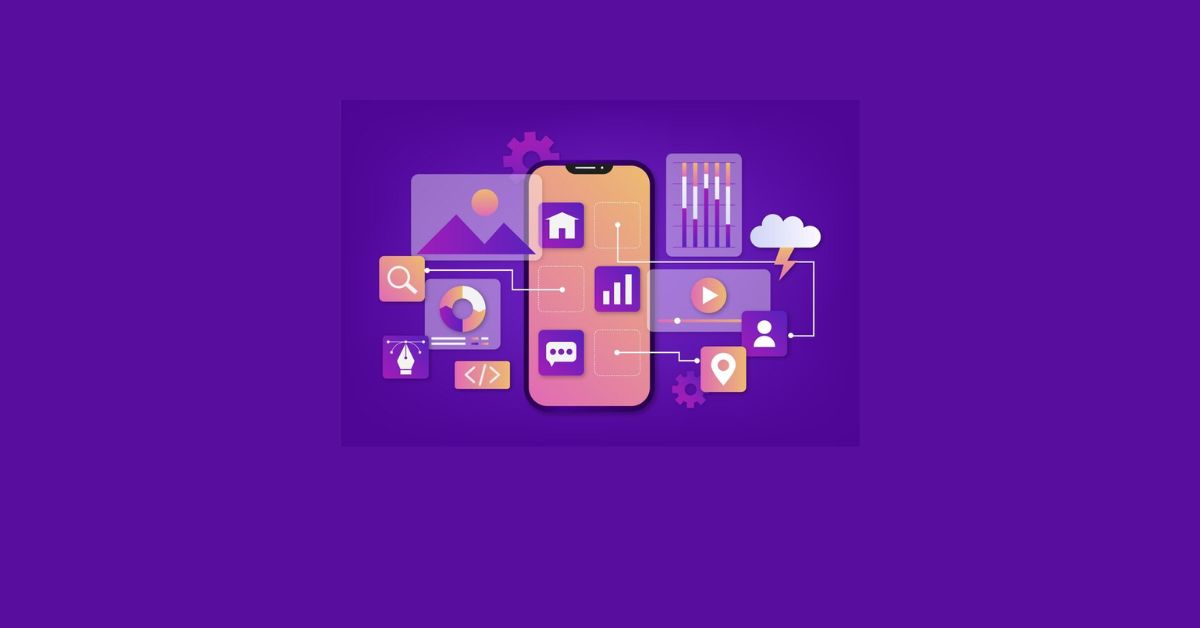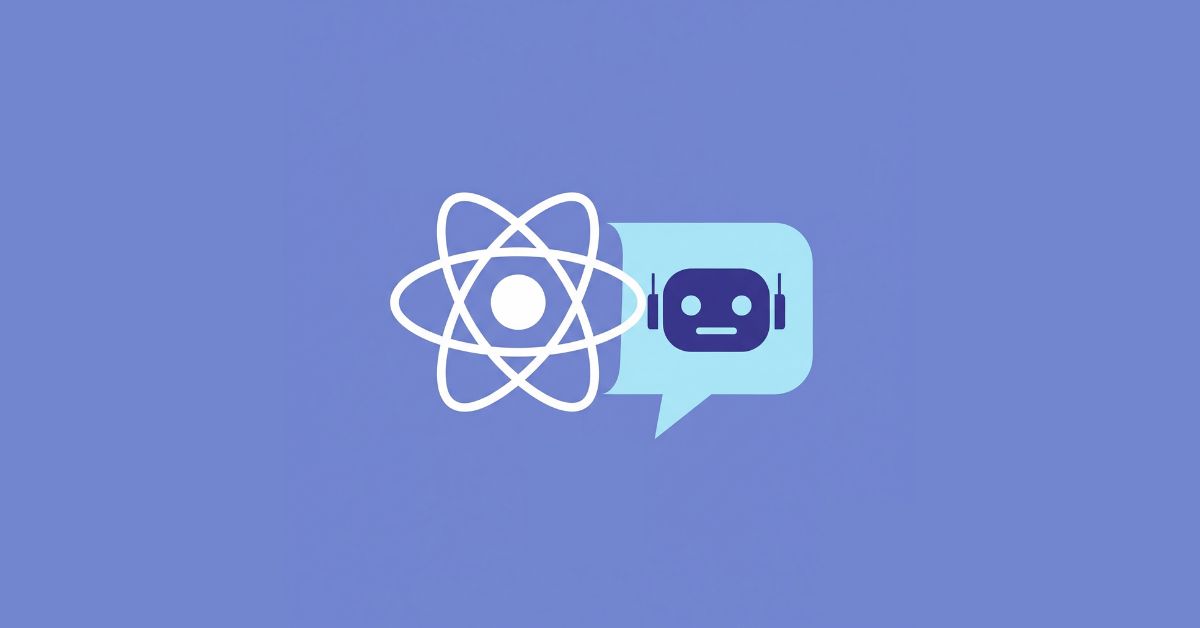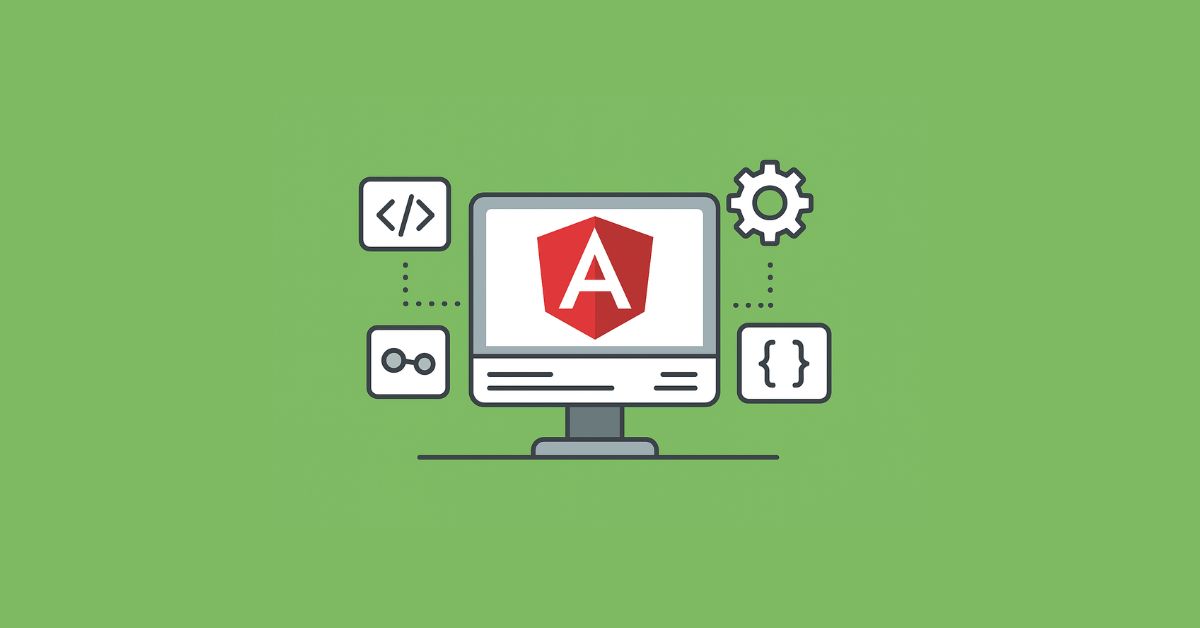Businesses rely on the increasing growth of technology and rapid adaption by people. With the help of the adoption of new technology, companies help to earn good profits and also find a better outcome for the business. With the increase in technology, we also find that the profit of business is increasing. Optimizing IT budgets is essential for businesses trying to optimize productivity and manage resources effectively.
To make sure that every resource used is contributing to the overall goals of the organization, this process includes a meticulous examination of expenditures and the strategic alignment of IT spending with business objectives. We will examine important tactics for IT budget optimization in this post.
- Strategy Used for the IT Budget Optimization
– Accurate Forecasting
– Strategic Investment in Technology
– Efficient Resource Allocation
– Continuous Monitoring and Adjustment
– Aligning IT Opending with Business Goals
– Ensuring that Spending Aligns with the Goals and Mission of the Organization - Techniques to Increase their Competitiveness and Promote Long-term Growth
– Consolidation of Services
– Third-Party Maintenance
– Reuse and Refurbishment - A Technique for Increasing the Lifespan of IT Assets
- The Advantages of IMACD Services for IT Budget Optimization
– Efficiency and Cost Savings
– Enhanced Asset Utilization
– Increased Flexibility and Scalability - Conclusion
Strategy Used for the IT Budget Optimization
Many businesses struggle with IT costs and can’t expand their business with the fear of increasing costs in the business. These problems may result in inefficiency and lost growth prospects. These issues are addressed by an optimized IT budget, which emphasizes cost-cutting strategies, extends the life of IT assets, and makes use of services that simplify IT management.
A properly allocated IT budget consists of multiple essential elements-
1. Accurate Forecasting
The method used to assess how successfully a demand forecast has predicted actual results or sales values is called forecast accuracy. Furthermore, forecast accuracy determines the dependability and efficiency of one’s present forecasting models and methodologies. A company’s market can be better understood by calculating its forecast accuracy, which enables more efficient stock number and level decisions. The advantage of having the appropriate inventory on hand at the appropriate moment in the future is that it helps minimize problems like overstocking or understocking that could result in significant revenue losses.
2. Strategic Investment in Technology
Planning, choosing, and managing technology investments to meet goals and spur expansion are all part of technology investment plans. These tactics include spotting emerging technologies, evaluating their possible effects, and directing resources to get the best return on investment. Businesses may stay competitive, develop, and use technology advancements to improve their operations and market position by implementing effective technology investment strategies.
3. Efficient Resource Allocation
The process of carefully choosing and allocating available resources to a job or project to meet organizational goals is known as resource allocation. Allocation in the context of accounting refers to the assignment of individuals and their competencies to projects, or engagements. For every accounting business, aligning the right individuals with the correct experience, education, and abilities with the right client and assignment at the right time is the cornerstone of optimum resource allocation.
4. Continuous Monitoring and Adjustment
Continuous monitoring is a methodical, continuing process that keeps an eye on the security and functionality of an organization’s systems and procedures using automated tools and technologies.
5. Aligning IT Opending with Business Goals
In the current digital era, information technology (IT) has become crucial for practically all corporate operations. It plays a crucial role in supporting businesses in achieving their strategic objectives, which range from managing consumer data to streamlining operations and improving communication. But for IT to reach its greatest potential, it needs to be in line with the organization’s overarching business goals. Business IT alignment ensures that the general aims and objectives of the company are closely aligned with IT strategy and investments. Information technology (IT) can stimulate creativity, boost productivity, and improve an organization’s overall performance when it is properly matched with business goals.
6. Ensuring that Spending Aligns with the Goals and Mission of the Organization
Strategic objectives are statements of intent that help define an organization’s overall vision and include goals and measurable activities to help the firm achieve its desired outcome. A strategic goal works best when it can be quantified using empirical data or statistical analysis. Businesses establish strategic goals to further their mission, organize their activities, and have an impact on decisions that impact each employee’s daily productivity, starting at the highest levels.
Optimize your IT budget with our IT consulting services
Techniques to Increase their Competitiveness and Promote Long-term Growth
Consolidation of Services
Among the best strategies for maximizing IT spending is service consolidation. This entails merging various platforms or services into one, more effective solution. One way to cut costs is to use a unified communication platform instead of individual email, instant messaging, and video conferencing systems. Consolidating services lowers overall costs, streamlines management, and eliminates redundancies.
Third-Party Maintenance (TPM)
As an alternative to customary OEM (Original Equipment Manufacturer) support contracts, third-party maintenance providers such as Everex are available. TPM services can offer the same degree of support and service at a far lower cost of upkeep. Businesses can save up to 70% on maintenance expenses by opting for third-party maintenance, according to Gartner, freeing up funds for other crucial IT investments.
Reuse and Refurbishment
Refurbishing hardware entails bringing used hardware back to like-new condition. This can involve cleaning, testing to guarantee functionality, and replacing worn-out components. When compared to new equipment, refurbished equipment might operate similarly and is frequently more economical.
A Technique for Increasing the Lifespan of IT Assets
Preserving IT assets to their full potential is a crucial component of budget optimization. Here are two ways to accomplish this:
Frequent Maintenance and Upgrades:
You can increase the useful life of your IT equipment by keeping it in good working order with routine maintenance and periodic upgrades. By preventing unanticipated malfunctions and expensive downtime, proactive maintenance helps to prolong the lifespan of assets.
Appropriate Asset Management:
Companies may monitor each asset’s lifecycle, from purchase to disposal, by putting in place a strong IT asset management system. Better planning, prompt improvements, and educated decision-making are made possible by this insight, which ultimately lengthens the asset’s lifecycle and lowers its TCO (Total Cost of Ownership).

You might want to read
The Advantages of IMACD (Install, Move, Add, Change, and Dispose) Services for IT Budget Optimization
Services are essential for IT budget optimization. These services cover every stage of an IT asset’s lifecycle, from installation to disposal, and they have the following advantages:
Efficiency and Cost Savings
IMACD services cut down on the time and resources needed for IT asset management by streamlining the process. Businesses can streamline operations and save money by contracting out these tasks to experts like Everex.
Enhanced Asset Utilization
IMACD services guarantee the efficient deployment and use of IT assets. This helps to maximize the value generated from each asset and includes timely updates, strategic relocation, and correct installation.
Increased Flexibility and Scalability
Businesses’ IT requirements alter as they expand and develop over time. IMACD services efficiently handle IT asset additions, modifications, and disposals, allowing you to adjust to these changes. Because of its scalability, organizations may match their IT infrastructure to their present and future requirements without making extra financial investments.
Conclusion
Firms looking to enhance productivity and match IT spending to strategic objectives must optimize their IT budgets. Businesses can achieve considerable cost reductions and improve their overall competitiveness by extending the lifecycle of IT assets, using IMACD services, and putting cost-saving strategies into practice.
By adopting these tactics and utilizing Everex services such as its buy-back and IMACD services, its Spasm (Spare as a Service TM) refurbished parts program, Third-Party Maintenance, and so on, you can optimize the return on your IT investments and guarantee that your IT infrastructure stays in line with your business objectives.







